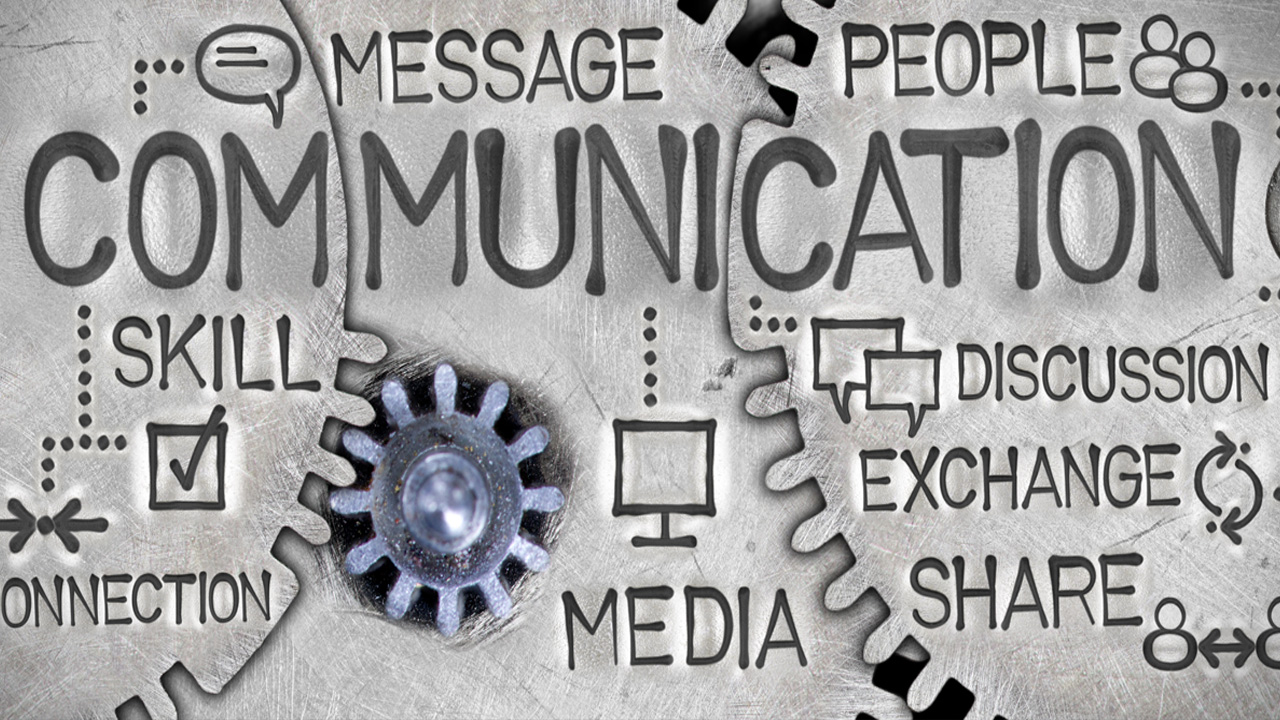
Jeff McLanahan
Contributing Writer
Contributor
As we all know, non-verbal communication is very important in the workplace. Most studies reveal that up to 55% of all communication is non-verbal versus 7% of communication being related to the spoken word. No matter the goal (building rapport, making a sale, etc.), non-verbal communication plays a large role.
With the global COVID-19 pandemic and the use of face coverings, non-verbal communication has become very challenging. From a health perspective, face coverings are recommended to slow the spread of the virus and we all need to do our part. So, how do I communicate trust and build rapport while wearing a face covering? Here are some tips to consider.
1. Put a smile in your voice. Smiling is a non-verbal that conveys friendliness. There has long been an exercise for people that communicate primarily by phone in which they are asked to read a sentence without smiling and then to re-read the sentence while smiling. In most cases, those listening could hear the smile on the face of the reader.
2. Put a smile in your eyes. When we are wearing coverings, it is also important to “smile with your eyes” if you want to create a positive experience. Smiling creates a wrinkling at the outer edges of your eyes that is recognizable in a positive manner by most.
3. Practice active listening. Now that you have a smile in your voice, pay attention to the person you are communication with. Look at the person speaking. Ask questions. Don’t interrupt. Show interest by responding non-verbally (nodding or leaning toward the person) and verbally (saying things such as “I’m listening” or “What happened next?”). Active listening helps build trust and rapport and increases your likability.
4. Use gestures. It is recommended that we do not shake hands, but we can still wave. Shaking hands dates back centuries and was used to show that we were not carrying any weapons and could therefore be trusted. The reason for handshaking has evolved into a gesture of friendliness. Waving can go a long way in communicating this same friendliness. Use waving and other gestures while communicating but be careful not to get carried away to the point where it becomes noticeable or unnatural.
One final piece of advice is to think hard about using clear face coverings. While they may be useful in situations where the person you are speaking with is deaf and reads lips, many find these distracting, primarily due to their tendency to fog up.
Obviously these tips may not be as useful to those that can utilize technology such as Microsoft Teams or Zoom to communicate with others, but face coverings are here and will continue to be used for quite some time. If you must communicate with people in a more direct manner, start taking steps to improve your communication today.

